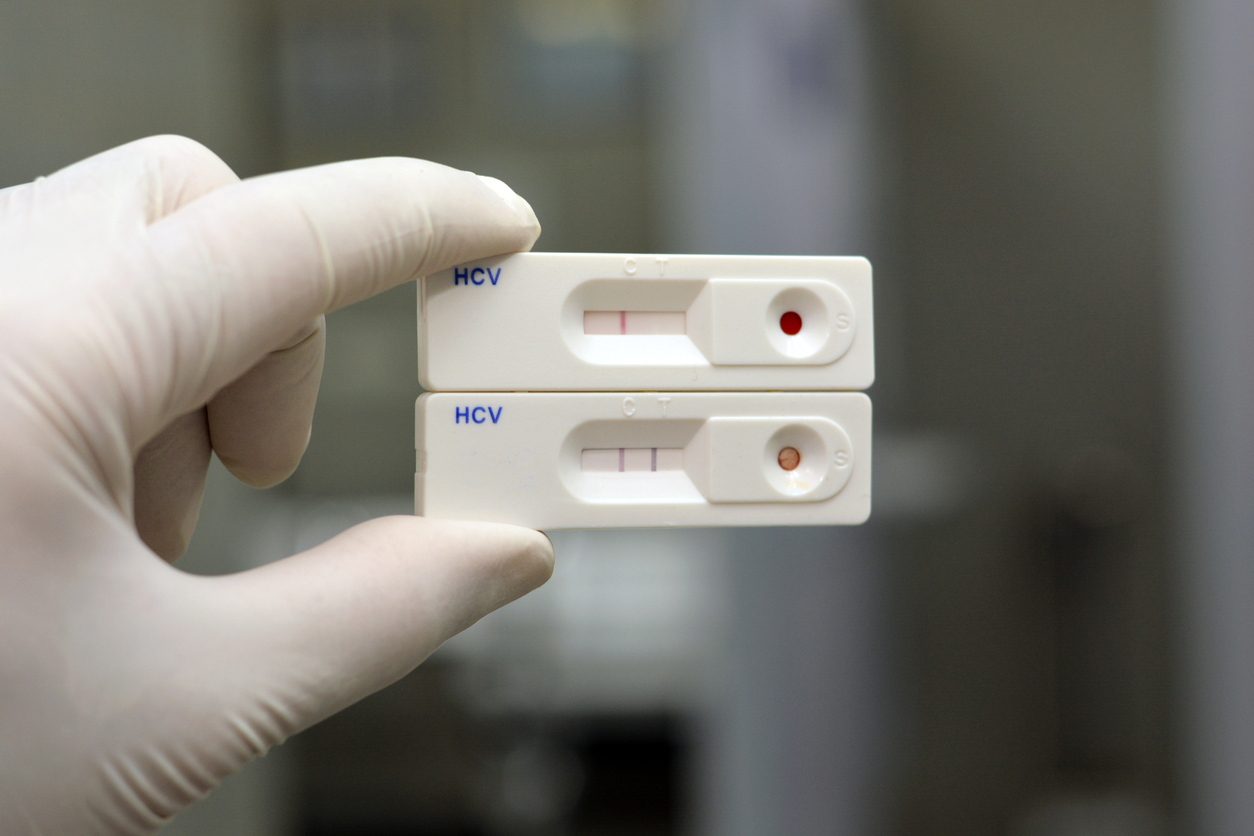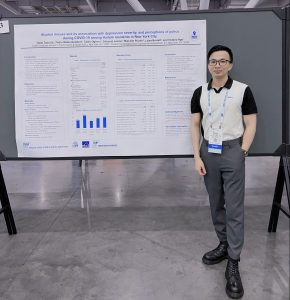A pioneering study sheds new light on the hepatitis C (HCV) virus epidemic among young people who inject drugs in New York City.
This research, led by Drs. Honoria Guarino and Pedro Mateu-Gelabert and their team from the CUNY Institute for Implementation Science in Population Health (ISPH) at CUNY SPH marks a significant step forward in understanding the virus among this vulnerable population.
The study, published July 1 in Health Science Reports, is one of the first studies to employ phylogenetic analysis to help understand infection patterns among young people who inject drugs, providing crucial insights into the genetic linkages and transmission dynamics of HCV. The phylogenetic component is an important part of the innovation of this study, offering a novel approach to understanding the spread of HCV in this high-risk population.
The research was conducted in collaboration with CUNY SPH doctoral student Seanna Pratt, Dr. Renee Hallack from the New York State Department of Health, and Dr. Ben Eckhardt from the NYU School of Medicine.
From 2018 to 2021, the team screened 439 young people who use opioids in New York City as part of the Staying Safe (Ssafe) trial, which evaluated a behavioral HCV prevention intervention. The screening procedures included a brief verbal questionnaire, a visual check for injection marks, on-site urine drug testing, rapid HCV antibody testing, and Dried Blood Spot (DBS) collection. The study found that among the 330 participants who reported injecting drugs in the past six months, 33% tested positive for HCV antibodies, and 58% of those had an active infection.
“The relatively low prevalence of active HCV infection among study participants suggests that treatment-as-prevention strategies could significantly reduce HCV prevalence among young people who inject drugs,” says Dr. Mateu-Gelabert. “Targeted community serosurveys are vital for identifying actively infected individuals and linking them to treatment, which can help curb HCV incidence and transmission.”
This innovative approach to studying bloodborne viral infections in hard-to-reach populations has been successfully replicated in Puerto Rico by CUNY ISPH researcher Dr. Yesenia Aponte-Meléndez and Dr. Mateu-Gelabert. This methodology has proven to be a cost-effective means of assessing HIV/HCV prevalence in understudied areas. Current efforts are focused on replicating the study in Costa Rica, with ongoing efforts by CUNY SPH faculty to better understand the epidemiology of substance use in Latin America.
This study is a testament to the fruitful collaboration between two significant state institutions, the CUNY Graduate School of Public Health and Health Policy and the Wadsworth Center at the New York State Department of Health, along with support from the Centers for Disease Control and Prevention (CDC). The combined expertise and resources of these institutions have led to a deeper understanding of HCV epidemiology among young people who inject drugs, paving the way for more effective prevention and treatment strategies.
“This research underscores the importance of interdisciplinary collaboration in public health,” says Pratt, whose co-authorship was instrumental in the preparation of this paper. “By combining epidemiological data with advanced phylogenetic analysis, we can better understand and address the complex dynamics of HCV transmission among high-risk populations.”
The findings from this study highlight the critical need for ongoing surveillance and intervention efforts targeting young people who inject drugs. By identifying and treating actively infected individuals, public health initiatives can make significant strides toward eliminating HCV in the U.S.
, , , , , . HCV prevalence and phylogenetic characteristics in a cross-sectional, community study of young people who inject drugs in New York City: opportunity for and threats to HCV elimination. Health Sci Rep. 2024; 7:e2211. doi:10.1002/hsr2.2211




